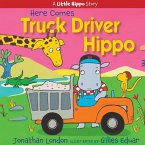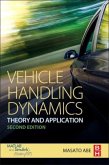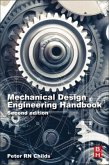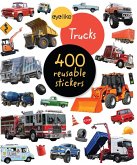This study conducted a series of road tests in the
regular fleet operations of a freight shipping
service to better understand the relationship
between vehicle seat design and driver fatigue,
improve two newly proposed objective methods for
evaluating driver fatigue, and provide design
guidelines for evaluating and improving vehicle seat
characteristics in terms of driver fatigue.
Based on these results, we find that air-inflated
seat cushions have advantages in terms of subjective
measures of comfort, support, and fatigue. We show
that the objective measure aPcrms highlights
characteristic differences between seat cushions, as
the air-inflated seat cushion provides less area in
high pressure regions, thus occluding less blood
flow to tissue in the seated area. This
characteristic difference between seat cushions is
not highlighted by using previously existing
objective measures. This suggests aPcrms is a
useful measure and should be considered when
evaluating the subjective quality of seat cushion
designs under dynamic conditions, such as those
existing in commercial truck driving.
regular fleet operations of a freight shipping
service to better understand the relationship
between vehicle seat design and driver fatigue,
improve two newly proposed objective methods for
evaluating driver fatigue, and provide design
guidelines for evaluating and improving vehicle seat
characteristics in terms of driver fatigue.
Based on these results, we find that air-inflated
seat cushions have advantages in terms of subjective
measures of comfort, support, and fatigue. We show
that the objective measure aPcrms highlights
characteristic differences between seat cushions, as
the air-inflated seat cushion provides less area in
high pressure regions, thus occluding less blood
flow to tissue in the seated area. This
characteristic difference between seat cushions is
not highlighted by using previously existing
objective measures. This suggests aPcrms is a
useful measure and should be considered when
evaluating the subjective quality of seat cushion
designs under dynamic conditions, such as those
existing in commercial truck driving.








